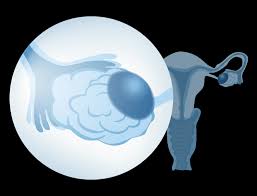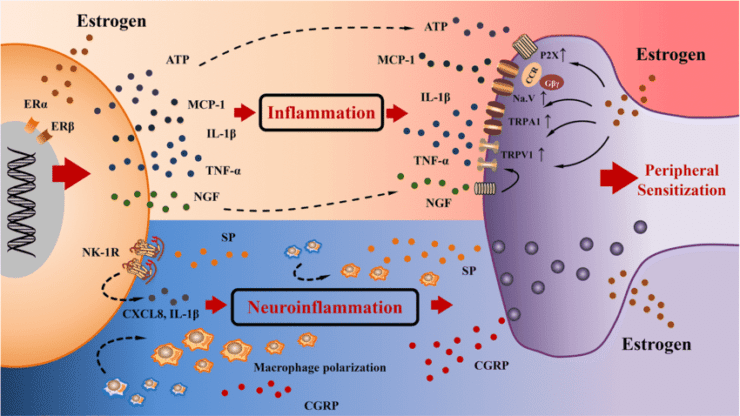Endometrioma (or chocolate cyst of the ovary) is estimated to affect 17-44% of women suffering from endometriosis (1). Its presence is often associated with infertility and/ or chronic pelvic pain and its surgical management may be indicated. What are the available methods of surgical management of endometrioma and what outcomes are they linked with? In this article, we…










